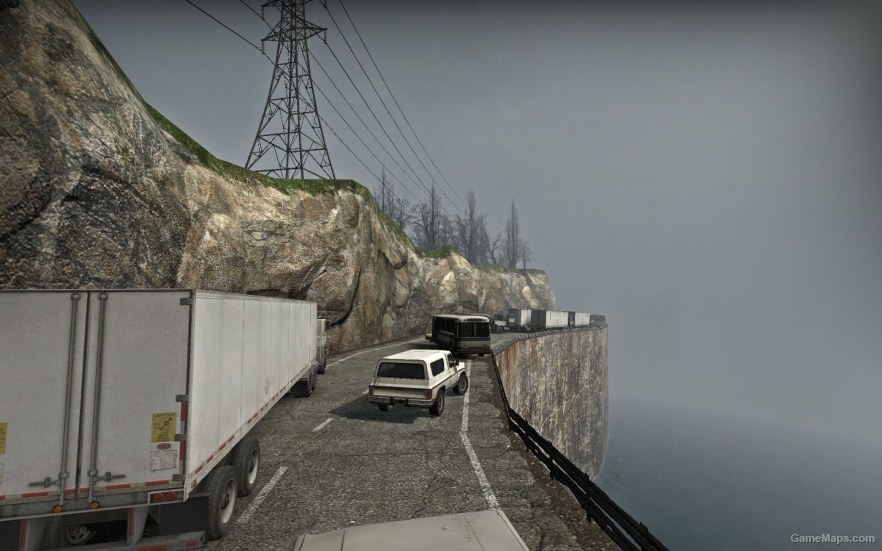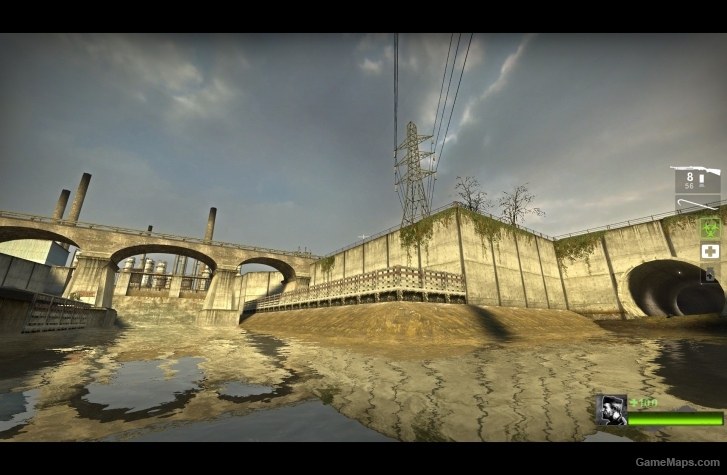
Unlike in most action games, you’re not playing the hero character. I very deliberately say “you” rather than “Gordon” there, because that’s the genius stroke that really amplifies City 17’s palpable realness.

City 17’s railway station might be defaced by the brutal deco surrealism of Combine technology, but in every other sense it’s a familiar place. There’s just an unsettlingly alien normality. No lengthy ‘In a time of war…’ cinematic, detailing a bombastic tale of humanity’s fall in lurid detail. There’s something obviously different about Half-Life 2 from the opening moments. That’s why it’s still the best, and that’s why I’m still playing it. The fact is that Half-Life 2 still executes its concepts, conceits and mechanics more effectively, deftly, and powerfully than almost any of its imitators have in the 10 years since.

It’s no aged benefactor, thanked yearly at the annual commemoration ceremony before being shuffled off back to the care home.

You see while Half-Life 2 undeniably laid the foundations for a staggering proportion of the then-future of game design - genre be damned – it is no mere historically lauded precursor. I say this not with nostalgia, or spurred on by a curmudgeonly knee-jerk against the smoky linearity of the modern military shooter (in truth, a dominant genre now only in the minds of those still affronted by its last-gen ubiquity).


 0 kommentar(er)
0 kommentar(er)
